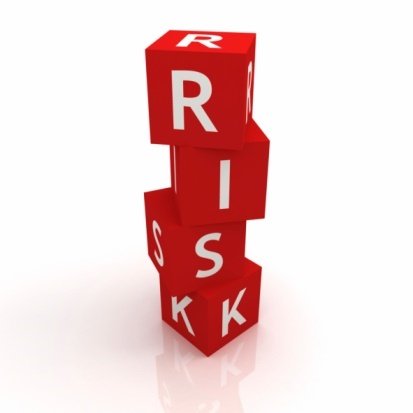Toy-Related Injuries on the Rise, Study Finds

Now that the holiday shopping season is over, you may want to be extra vigilant about children’s toys in light of a new study that finds one child is hurt every three minutes by a toy in the United States.
The study, published in the journal Clinical Pediatrics, used statistics from the National Electronic Injury Surveillance System gathered between 1990 and 2011 to analyze toy injury trends among U.S. children. According to researchers led by Gary A. Smith of the Center for Injury and Research Policy, over that period nearly 3.3 million persons younger than 18—or 149,000 per year—were treated in emergency rooms for toy-related injuries.
“We know that’s an underestimate,” Dr. Smith told CNN. “We know that those numbers are increasing.”
Smith says that the assessment doesn’t look at numbers from urgent care centers or doctors’ offices. It also doesn’t take into account cases where no medical care was sought or toy-related deaths. According to the Consumer Product Safety Commission (CPSC)—the federal regulatory agency responsible for toy safety oversight—there were nine reports of toy-related deaths during 2013 to go along with 256,700 toy-related injuries treated in hospital emergency departments.
Over the period 1990-2011 the injury rate per 10,000 children increased from 18.88 to 26.42 (39.9%). Slightly more than half of the injuries occurred to children under the age of six. The biggest hazards for children under the age of two are choking, ingestion and asphyxiation, while older adolescents tend to be injured by ride-on toys—particularly foot-powered scooters.
Some Toys are Unreasonably Dangerous
Table of Contents
Parents are a line of defense against their children suffering toy-related injuries, a point that Dr. Smith acknowledges when he suggests that parents buy children helmets to go along with ride-on toys and read toy packages carefully to ensure age-appropriateness (e.g. small objects that present choking hazards to a child).
But some toys are dangerous to children despite a safe outward appearance and despite parental supervision. Consumer watchdog group U.S. PIRG recently released a report highlighting toys that not only present choking hazards, but also those that contain unsafe substances such as lead, chromium and phthalates.
The American Association for Justice (AAJ) reports that the increase in toy-related injuries coincides with an increase in imported toys, mainly from China. In fact, 95 percent of toys sold in the U.S. come from foreign markets.
No matter where toys are produced, they must meet more than 100 federal safety standard requirements and be tested for compliance by a CPSC-accredited third-party lab. AAJ, however, points out that the CPSC’s budget is tiny when compared to that of large toy-sellers such as Walmart, which spends 20 times more on marketing in a given year than the entire CPSC budget.
As a result, dangerous toys commonly find their way onto U.S. shelves and may remain there for years before being recalled (see the CPSC’s list of recent recalls). Reports have found that some of these toys contain cadmium, lead and asbestos, while others have ingestion hazards previously unknown in toys, such as small magnets that can come loose, be swallowed and damage intestines. Aqua Dots, one of 2007’s best-selling toys, even contained glue that metabolized into GHB—the date rape drug—when ingested. Another toy, an aromatherapy kit, caused more than 80 injuries, including citric acid being fired into children’s eyes.
Taking Legal Action for Dangerous Toys
CPSC toy safety standards cover things like acceptable levels of lead and phthalates in children’s products. The CPSC also requires labeling for certain products, including those that present a choking hazard for children of a certain age. Toys that are inherently dangerous (that is, which don’t meet CPSC requirements) as well as those that do not contain appropriate warnings can result in legal action against the toy’s manufacturer if they cause injury or death to a child.
Legal action can also be taken against a product’s importer, distributor and seller. Indeed, this is the likely scenario for toys made in China and other foreign markets, where manufacturer are protected from U.S. legal action.
Discuss Your Case for Free With an Experienced Product Liability Attorney
Belluck & Fox, LLP represents victims of serious accidents and injuries resulting from defective consumer goods. Founding partner Jordan Fox has served on the Product Liability Committee of the Association of the Bar of New York City. Our lawyers have won compensation on behalf of those injured by dangerous products.
If you or your child has been injured by a dangerous toy, contact our reliable product liability attorneys at Belluck & Fox, LLP for a no-cost, no-obligation review of your case. Please call 877-477-3158 or send us an online message. You can visit our New York law office today.


